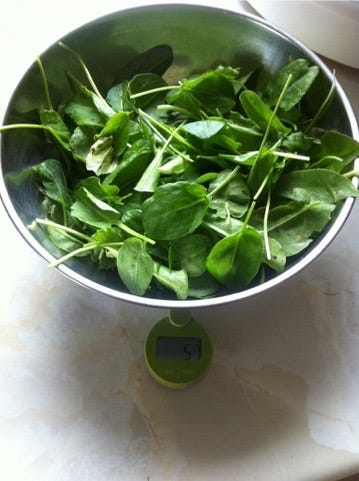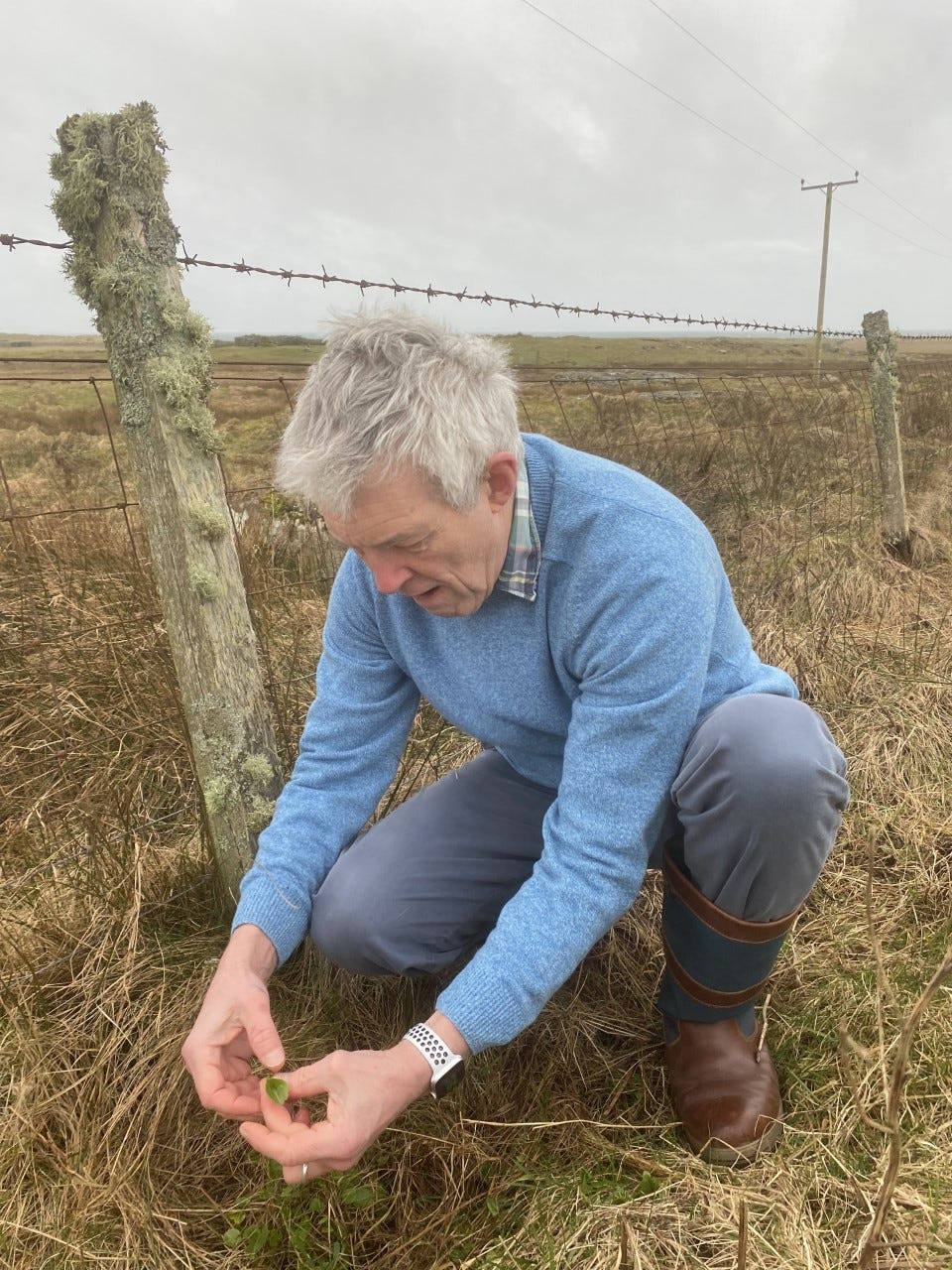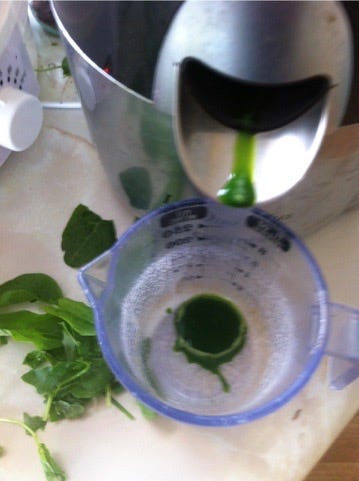Living on an Outer Hebridean Isle lays me open to the vagaries of the weather. When the Isle is stormbound, the supermarket shelves are bare. There is little point in ranting about Caledonian Macbrayne’s cancelled ferries and the subsequent lack of supermarket deliveries. Island cooks need to have a few alternative plans up their sleeve. For my part, I forage and many years ago, learnt to cook creatively with seaweed. There are lots of tasty species of seaweeds in abundant supply at low tides, on local beaches.
Sorrel Rumex acetosa is an old friend to cooks, one that has been used to ‘sour’ food since medieval times. Who needs lemons. The early physicians and herbalists are full of praise for sorrel. In his tome, Theatrum Botanicum, John Parkinson (1567-1650), herbalist and apothecary to Charles 1st writes:
‘Sorrell is cooling and drying in the second degree, and is prevalent in all hot diseases to coole any inflammation and heate of blood in agues pestilentiall or chollericke or other sicknesses and fainting, rising from heate, and to refresh overspent spirits with the violence of furious or fiery fits of agues, &c, to quench thirst, and to procure an appetite in fainting or decaid stomackes; ', Sorrel as I write in The Forager’s Kitchen Handbook should be on a herb ‘revival’ list.
Sorrel was, and still can be, used to sour or curdle milk for cheese – think rennet. In milder years, it is readily available throughout the year in South Uist ditches and I suspect in gardens too. It’s a faithful, dependable, spring green. Try sorrel raw for a tart, Haribo Sour sweetie kick. Hebridean children call sorrel sourdocks with good reason. Early in the year, its juicy stems are delicious too. Add stalks and leaves to a spring salad and forget the vinegar or lemon in your dressing. A drizzle of oil will suffice. As the season progresses, remove the central ridges on sorrel leaves, as you would spinach as it ages. In late spring and summer, green sorrel seeds turn rusty red brown as they dance in ditches in the Hebridean breeze.
Dr Stephen Bird, South Uist’s Doctor, forages new season sorrel with the grey Atlantic on the horizon. February 2023
In Meadowland the spikes of green or rust red seed heads mingle with the yellow of buttercups. A sight to behold. The seeds can be dried and used in granolas, muffins and more, but I digress, this is February, the promise of summer is yet to come.
Gertrude Jekell writes ‘There is always in February some one day, at least, when one smells the yet distant, but surely coming summer. Sorrel fits this bill exactly. For those who suffer from anosmia, often forgotten by authors who favour scented words, sorrel has a piquant taste to focus upon. Sorrel has a distinctly sharp, sour appleness about it. At the base of the sorrel leaf is an arrow. An identification clue for the forager. The arrow is reminiscent of a short bridal train; a sweep in style rather than a chapel, cathedral or at it longest, the royal train.
Sorrel Tips:
Use raw for maximum colour.
Wilt sorrel as late as you dare - to retain its colour.
Sorrel combines well with potatoes. Try it in a gratin or in summer, add sorrel chiffonade style with lashings of butter to new season’s potatoes.
Sorrel is related to the dock, but the dock leaf is larger, tougher, lacking in arrow shapeliness and most importantly, not lemony. Dock is not poisonous - have a nibble, it won’t harm you.
When your recipe demands lemon rind think sorrel leaf.
Juice it. if you own a juicer you can be inspired by sorrel’s wonderful, emerald green juice.
I did exactly this when I used sorrel in place of lemon juice in a walnut and basil pesto. Delicious. Sorrel defintely merits a revival in the kitchen.
More sorrel recipes and information in The Forager’s Kitchen Handbook









Lovely post, Fiona - field sorrel is so delicious and widespread - was the first thing I showed my grandchildren how to recognise by the river in Wales, where it grew much taller and juicer than it does in short grass.